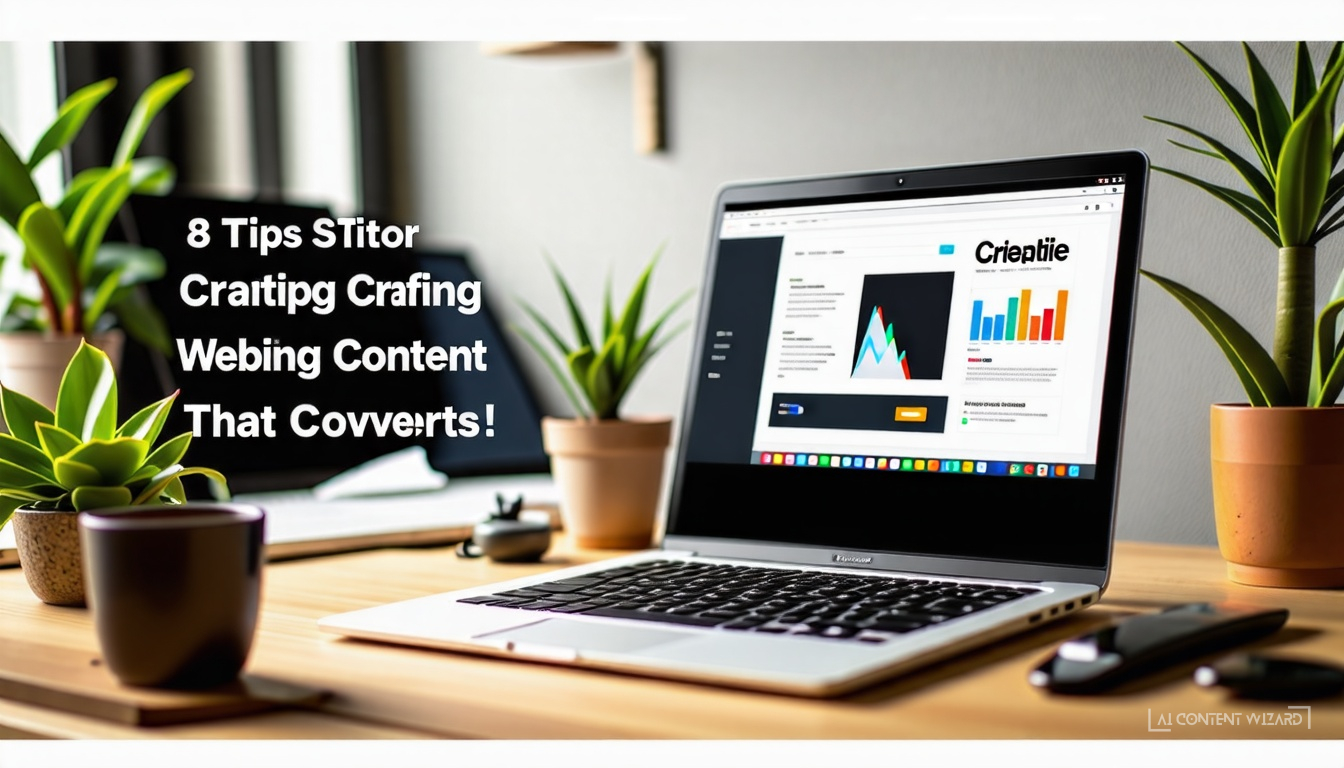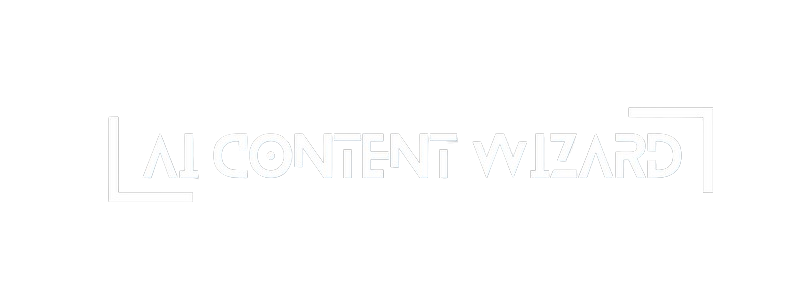How to Create Website Content That Engages and Converts
Creating website content that engages and converts is both an art and a science. It’s about knowing your audience, understanding their needs, and delivering valuable content that resonates with them. As David Ogilvy, a legendary figure in advertising, once said, “The consumer isn’t a moron; she is your wife.” Therefore, your website content should treat your audience with respect and provide them with the information they seek. In this guide, we will explore various strategies to help you create engaging website content that not only captures attention but also drives conversions.
Understanding Your Audience
The foundation of any successful content strategy begins with a deep understanding of your target audience. It involves knowing their demographics, interests, preferences, and pain points. Here’s how you can get started:
- Create Buyer Personas: Develop detailed profiles of your ideal customers. Include information such as age, location, interests, and purchasing behavior.
- Conduct Surveys and Interviews: Gather insights directly from your audience about their needs and challenges.
- Analyze Website Analytics: Use tools like Google Analytics to understand user behavior on your site and identify popular content.
According to Statista, around 90% of online experiences begin with a search engine. This underlines the importance of understanding what your audience is searching for.
Crafting Engaging Website Content
Once you’ve identified your audience, it’s time to create engaging website content that resonates with them. Here are some effective strategies:
- Use Attention-Grabbing Headlines: Your headlines should be compelling and give the reader a reason to click. Use numbers, questions, or exciting adjectives.
- Tell Stories: Incorporate storytelling techniques to make your content relatable. Stories evoke emotions and can make your message memorable.
- Utilize Visuals: High-quality images, infographics, and videos can break up text and engage users visually. Incorporating visuals can lead to a 94% increase in views, according to ImpactBND.

Remember, engaging website content should be well-structured and easy to read. Break the text into shorter paragraphs, use subheadings, and include bullet points for better readability.
Optimizing Content for SEO
Engaging website content alone is not enough. It needs to be discoverable in search engines to drive organic traffic. Here are key SEO best practices to implement:
- Keyword Research: Identify relevant keywords that your audience is searching for using tools like Moz or Ahrefs. Incorporate your primary keyword, ‘engaging website content’, strategically throughout the article.
- Optimize Meta Tags: Write compelling meta titles and descriptions that include your target keywords. This increases click-through rates from search engine results pages.
- Internal Linking: Link to other relevant articles within your site to encourage visitors to explore more content. For example, check out this article on content service value or this guide on WordPress content creation.
Creating Content that Drives Conversions
The ultimate goal of engaging website content is to convert visitors into leads or customers. Here are some strategies to enhance conversion rates:
- Include Clear Calls-to-Action (CTAs): Your content should direct users towards a specific action. Use actionable language and make your CTAs stand out visually.
- Utilize Social Proof: Leverage testimonials, reviews, and case studies to build credibility. As noted by Statista, 79% of consumers trust online reviews as much as personal recommendations.
- Offer Value with Lead Magnets: Provide valuable resources like e-books, checklists, or webinars in exchange for contact information. This helps in building your email list.

Analyzing and Improving Your Content
Creating engaging website content is an ongoing process that requires regular analysis and optimization. Here’s how to ensure your content continues to perform:
- Track Key Metrics: Regularly monitor website analytics to assess traffic, engagement rates, and conversion rates. Identify which content performs well and which needs improvement.
- Gather Feedback: Encourage readers to leave comments and share their thoughts. Use this feedback to enhance your content strategy.
- A/B Testing: Experiment with different elements like headlines, CTAs, and images to see what resonates best with your audience. Small changes can lead to significant improvements in conversion rates.
Integrating Content Marketing Strategies
Engaging website content is just one component of a broader content marketing strategy. It’s important to integrate various content formats to reach your audience effectively:
- Blogs: Regularly publish informative blog posts that answer your audience’s questions and provide solutions to their problems.
- Social Media: Share snippets and highlights of your content on platforms like Facebook, Twitter, and LinkedIn to drive traffic to your site.
- Email Marketing: Utilize your email list to share your latest content, offer exclusive insights, and nurture leads.
The key to success in content marketing is consistency. According to TopRank, companies that blog have 97% more inbound links, leading to greater visibility and reach.
Conclusion
Creating engaging website content that drives conversions is a complex yet rewarding endeavor. It involves understanding your audience, crafting valuable content, optimizing for SEO, and continuously analyzing performance. By implementing these strategies, you can significantly enhance your website’s effectiveness and achieve your business goals.





